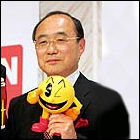 Masaya Nakamura, the founder of pioneering Japanese video game maker Namco, dies at the age of 91. Founded in 1955 as Nakamura Manufacturing Co., Namco was an early proponent of video game development in Japan, though it saw its earliest successes as the Japanese distributor of Atari arcade games imported from the U.S. After moderately successful early coin-ops such as Gee Bee, Namco quickly established itself as a global powerhouse with the release of such perennial classics as Pac-Man, Galaxian, Galaga, Dig Dug, Pole Position, and Xevious, among many others. Namco’s growth in the 1980s was so explosive that it absorbed Japanese film studio Nikkatsu in 1993 (several of whose titles Nakamura oversaw as executive producer), and later merged with Bandai in 2005.
Masaya Nakamura, the founder of pioneering Japanese video game maker Namco, dies at the age of 91. Founded in 1955 as Nakamura Manufacturing Co., Namco was an early proponent of video game development in Japan, though it saw its earliest successes as the Japanese distributor of Atari arcade games imported from the U.S. After moderately successful early coin-ops such as Gee Bee, Namco quickly established itself as a global powerhouse with the release of such perennial classics as Pac-Man, Galaxian, Galaga, Dig Dug, Pole Position, and Xevious, among many others. Namco’s growth in the 1980s was so explosive that it absorbed Japanese film studio Nikkatsu in 1993 (several of whose titles Nakamura oversaw as executive producer), and later merged with Bandai in 2005.
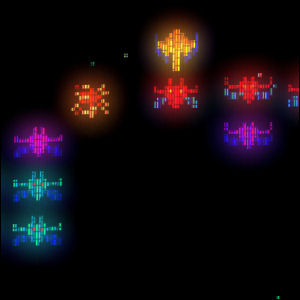 Arcade game maker Midway introduces the coin-op video game Galaxian in American arcades. The game, originated in Japan by Namco, is the first entry in a fruitful relationship between the two companies; another game in the works at Namco will prove to be huge windfall for Midway in 1980.
Arcade game maker Midway introduces the coin-op video game Galaxian in American arcades. The game, originated in Japan by Namco, is the first entry in a fruitful relationship between the two companies; another game in the works at Namco will prove to be huge windfall for Midway in 1980. ![]()

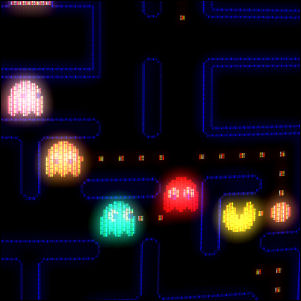 Under license from Namco, the game’s Japanese originators, Midway Manufacturing introduces the obsession that is
Under license from Namco, the game’s Japanese originators, Midway Manufacturing introduces the obsession that is  Arcade game maker Midway introduces the coin-op video game
Arcade game maker Midway introduces the coin-op video game 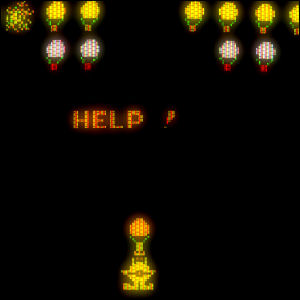 Namco releases
Namco releases 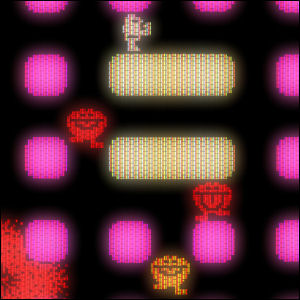 Better known for making jukeboxes and speakers, Rock-Ola dips its toes into the video game industry by releasing
Better known for making jukeboxes and speakers, Rock-Ola dips its toes into the video game industry by releasing 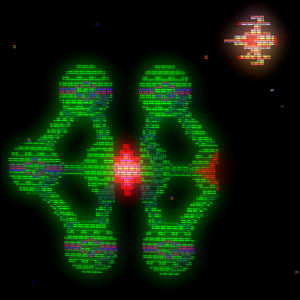
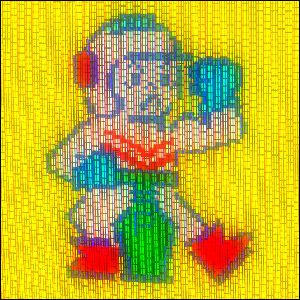 Atari releases
Atari releases 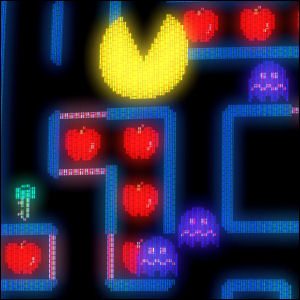
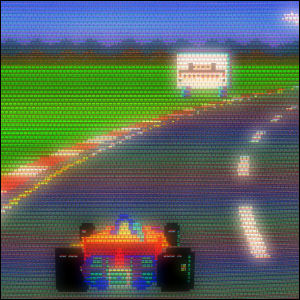 Japanese video game maker Namco releases
Japanese video game maker Namco releases 
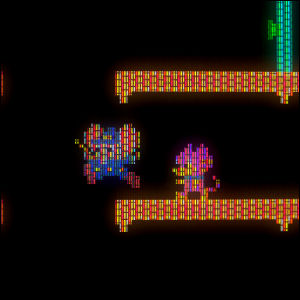
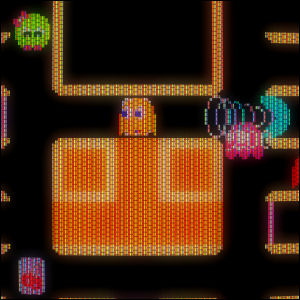
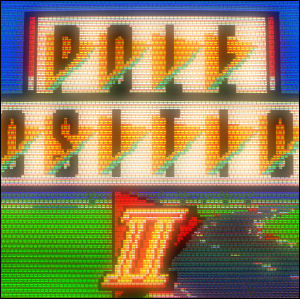 Atari’s arcade game
Atari’s arcade game 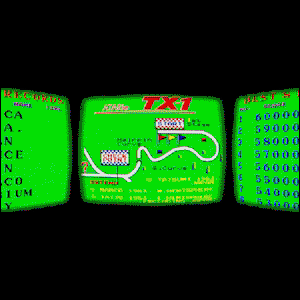 Atari releases
Atari releases 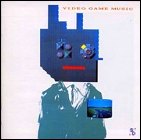 Scitron Digital releases
Scitron Digital releases 
 Apollon Music, via its Compusic imprint, releases
Apollon Music, via its Compusic imprint, releases 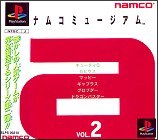


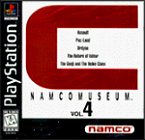
 Pony Canyon releases
Pony Canyon releases 
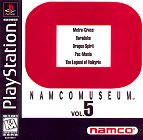
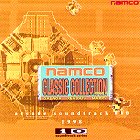 Wonder Spirits releases
Wonder Spirits releases  Pony Canyon releases
Pony Canyon releases  Scitron Digital releases
Scitron Digital releases 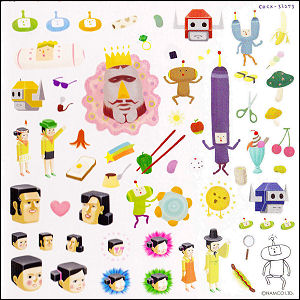 Columbia Records Japan releases the
Columbia Records Japan releases the 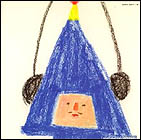 Columbia Japan releases
Columbia Japan releases  Masaya Nakamura, the founder of pioneering Japanese video game maker
Masaya Nakamura, the founder of pioneering Japanese video game maker